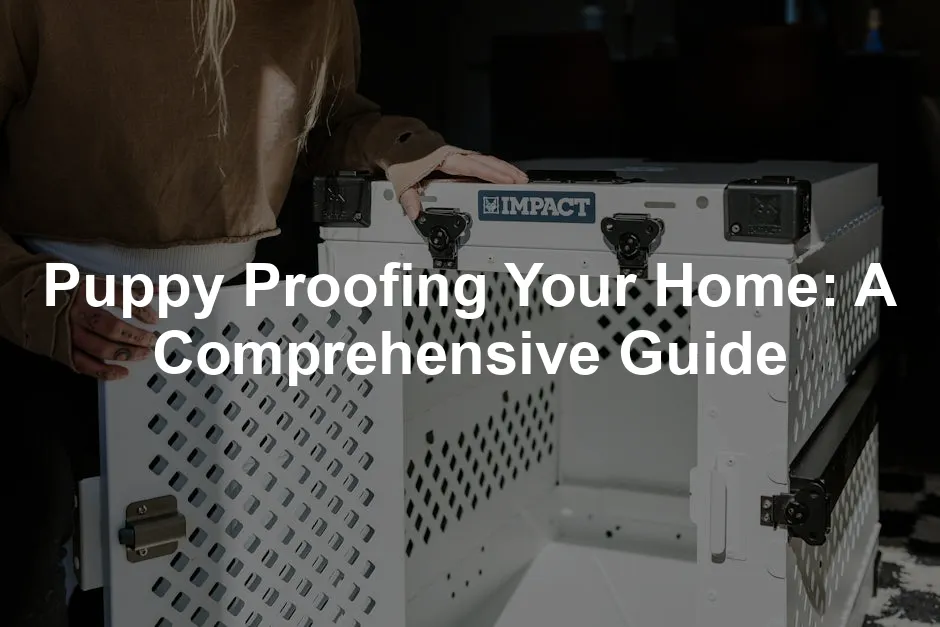Introduction
Puppy proofing is essential for new pet owners. Puppies are energetic and curious, eager to explore their surroundings. Unfortunately, this curiosity can lead to dangerous situations in a typical home. Ensuring your home is safe helps prevent accidents and keeps your furry friend happy. To help you with this, consider using a PetSafe Indoor Radio Fence. It allows you to create safe zones for your puppy, keeping them away from hazardous areas while still enjoying their freedom.Summary and Overview
Puppy proofing your home involves taking proactive measures to ensure safety. Start by identifying potential hazards like toxic plants and small objects. By puppy proofing, you not only protect your pet but also reduce damage to your belongings. Additionally, it helps in training your puppy by establishing boundaries. A well-proofed environment fosters a sense of security, which is vital for your puppy’s development. Consider investing in a Pawsitively Posh Dog Crate. This stylish yet functional crate provides a safe space for your puppy when you can’t supervise them. It’s like their own little hideaway, where they can feel secure while you go about your day!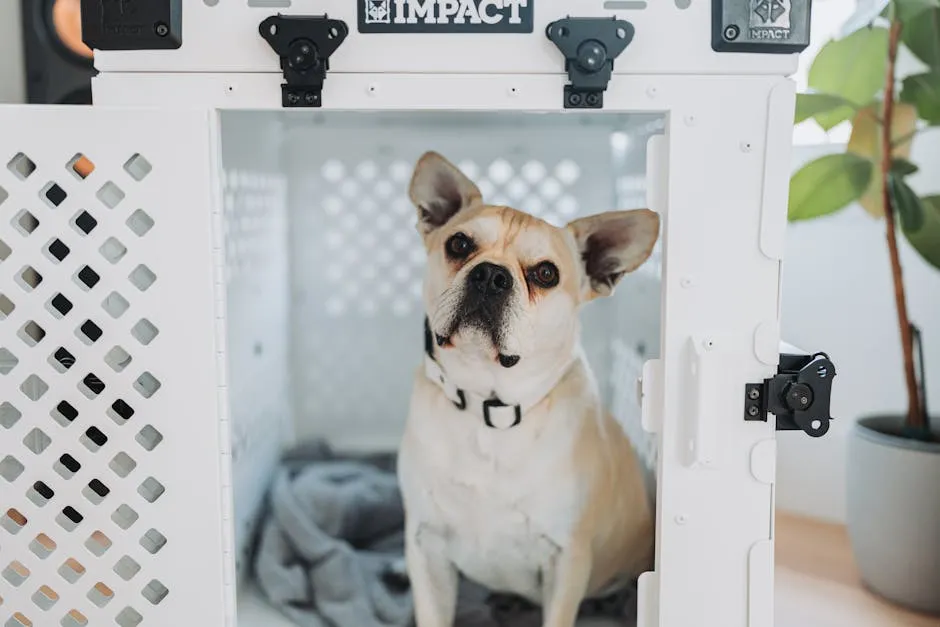
How to Assess Your Home for Puppy Proofing
Evaluate Your Environment
To effectively puppy proof your home, get down to your puppy’s level. This allows you to see potential hazards that might be overlooked. Start in each room and assess dangers. In the living room, check for electrical hazards. Loose cords can tempt puppies to chew, leading to burns or shock. Secure cords with covers or tape them down. Next, look for toxic plants and foods. Common household plants, like philodendrons and sago palms, can be harmful. Familiarize yourself with human foods unsafe for dogs, such as chocolate and grapes. Lastly, identify small choking hazards. Items like coins, batteries, and small toys can pose serious risks. Statistics show that a significant number of pet accidents stem from household hazards. By proactively assessing your home, you can prevent many incidents. While you’re at it, consider using PetFusion Ultimate Dog Bed to provide a cozy place for your puppy to rest after their adventures. A well-rested puppy is a happy puppy!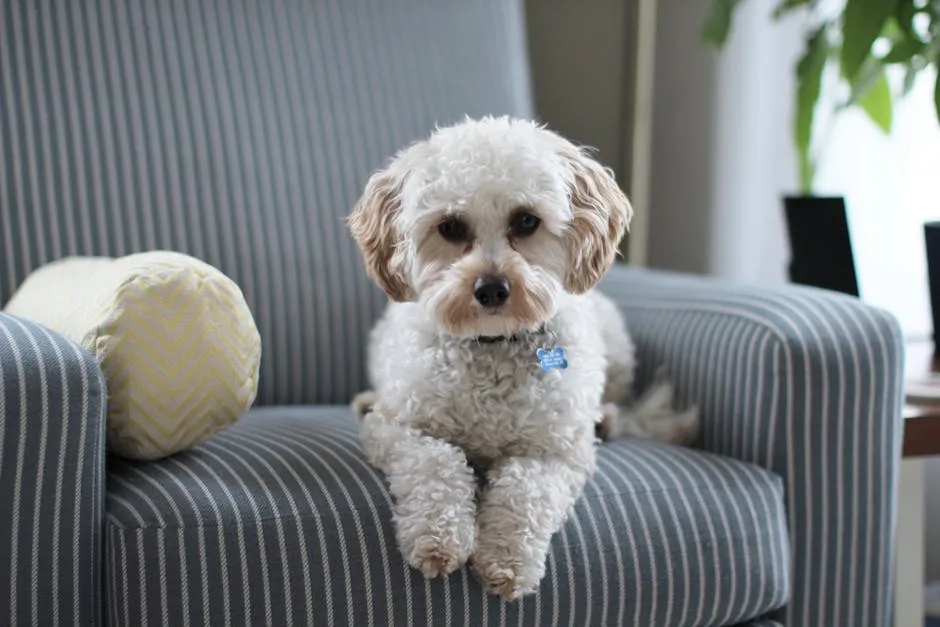
Indoor Puppy Proofing Checklist
Living Room
Your living room is a common area for puppies. Start by securing furniture and decorative items. Heavy items can topple over, posing risks. Use anti-tip straps to keep bookshelves and lamps secure. Store small items, like coins or remote controls, out of reach. Curious puppies love to explore with their mouths! Wires and cords can be tempting chew toys. Cover them with cord protectors or conceal them behind furniture. This simple step can prevent serious injuries. Also, be cautious about houseplants. Some are toxic to dogs. Choose pet-friendly plants or place them out of reach. For a handy reminder, download our printable checklist to keep your living room safe!Kitchen
The kitchen often contains many hazards for a puppy. It’s best to establish it as a puppy-free zone while cooking. Hot surfaces and sharp objects can lead to accidents. Supervision is key during meal prep to prevent mishaps. Install childproof locks on cabinets. This ensures that cleaning supplies and sharp utensils remain out of reach. Secure trash cans with locking lids to avoid dangerous scavenging. Puppies can easily get into rubbish, leading to health risks. Speaking of health, make sure to have some AmazonBasics Dog Training Pads handy for those unexpected moments. They’re a lifesaver for new puppy parents!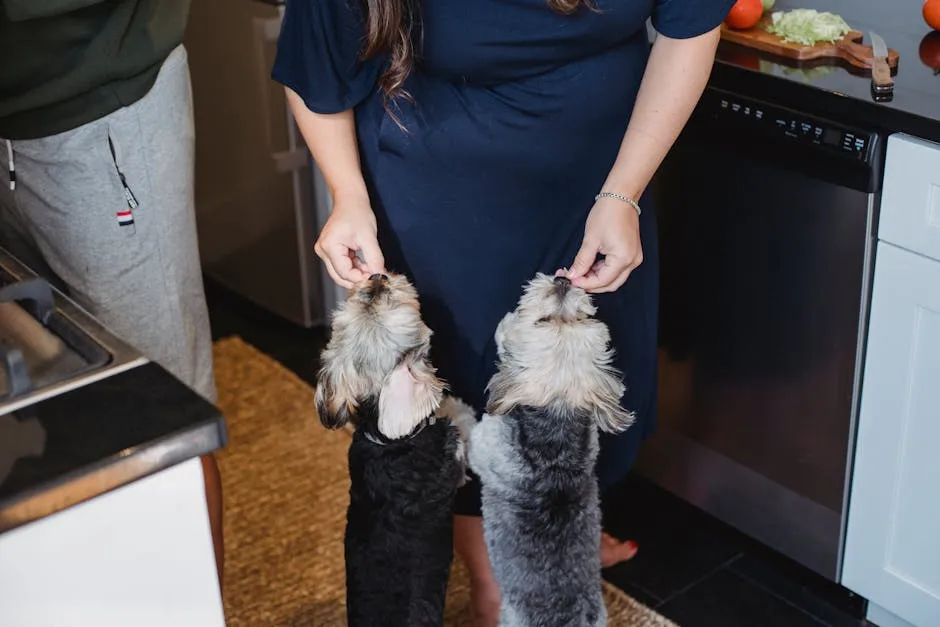
Bathroom
Bathrooms can be hazardous for your puppy. Medications and cleaning supplies pose serious risks. Always store these items out of reach. Securing trash cans with lids is also vital, as they often contain dangerous items. Toilet safety is crucial too. Keep toilet lids closed to prevent accidental drowning or drinking harmful cleaners. Regularly clean the area to avoid leaving anything hazardous on the floor. Have you puppy-proofed your bathroom? We’d love to see your pictures of creative solutions for keeping it safe!Outdoor Puppy Proofing Checklist
Yard Safety
Creating a safe yard is crucial for your puppy. Start by ensuring your yard is securely fenced. A strong fence keeps your puppy contained and safe from escape. Always supervise your puppy when they’re outdoors. This extra attention helps prevent accidents and keeps them from wandering off. Be aware of potential outdoor hazards. Toxic plants like foxglove or azaleas can be harmful if ingested. Consider removing these plants from your yard. Also, pools can pose drowning risks. If you have a pool, install a fence around it and teach your puppy about pool safety. Speaking of safety, consider using a PetSafe Wireless Pet Containment System for added peace of mind. This system allows you to keep your puppy within designated areas without the hassle of traditional fencing. Designate a safe outdoor area for play and bathroom use. This keeps your puppy in a controlled space and minimizes exposure to hazards. A puppy-proof yard allows for safe exploration without worry. For more tips on outdoor pet safety, sign up for an outdoor pet safety webinar!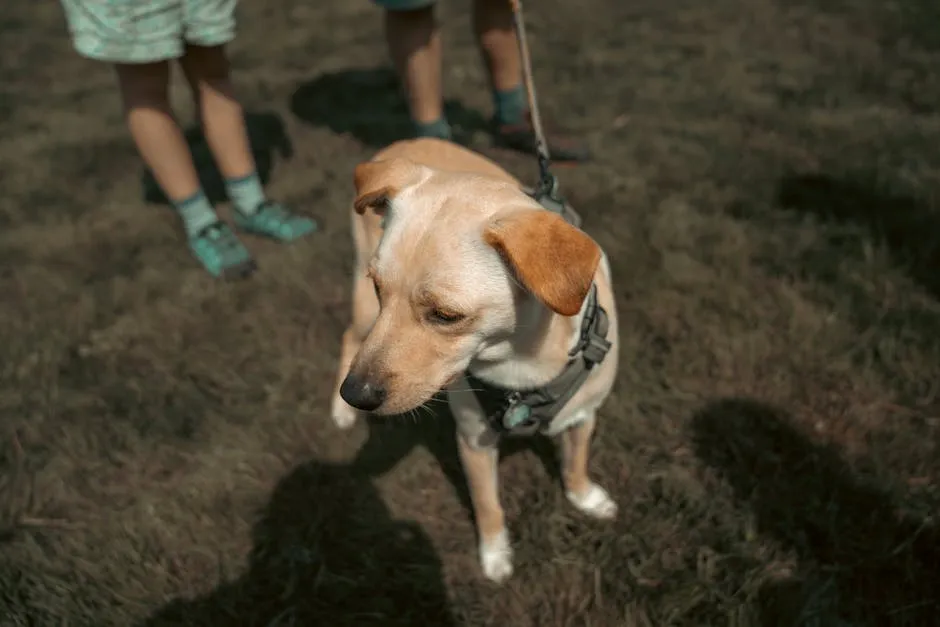
Garden Precautions
Gardening can introduce risks for your puppy. Always practice safe gardening habits. Secure your gardening tools to prevent injuries. Puppies are naturally curious and may chew on tools left out. Remove any hazardous plants from your garden. Common plants like oleander and yew can be toxic. A puppy-proof garden is essential for their safety. Create designated play areas in your garden. This space can be where your puppy plays and uses the bathroom. It keeps them away from potential dangers. For more detailed information on safe gardening practices for pets, download our eBook on garden safety for pets.Best Practices for Puppy Proofing
Training and Management
Training plays a crucial role in keeping your puppy safe. It helps prevent accidents and teaches your furry friend what is acceptable behavior. Start by setting clear boundaries for your puppy. Use gates and barriers to restrict access to dangerous areas, like kitchens or staircases. This approach allows your puppy to explore without putting themselves in harm’s way. Supervised playtime is essential for a safe environment. Always keep an eye on your puppy, especially during play. This way, you can quickly redirect any destructive behavior before it becomes a habit. For instance, if your puppy starts chewing on furniture, gently guide them to a chew toy instead. Speaking of chew toys, consider the Nylabone DuraChew Textured Dog Chew. It keeps your puppy entertained and helps maintain their dental health!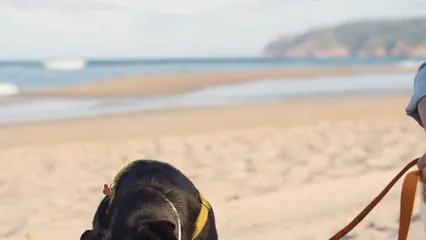
Understanding how to train your puppy effectively can make a significant difference in their behavior. Explore positive reinforcement techniques to help guide your training efforts.
FAQs
What is the best way to puppy-proof my home?
Start by identifying potential hazards in every room. Secure heavy furniture to prevent tipping. Keep electrical cords covered and out of reach. Store toxic items like cleaning supplies in high cabinets. Use baby gates to limit access to unsafe areas. Regularly inspect your home for new dangers as your puppy grows. This proactive approach ensures a safe environment for your furry friend.
Can I leave my puppy alone in the house?
Leaving a puppy alone requires careful planning. Young puppies should not be left unsupervised for long. Start with short durations and gradually increase time. Create a safe space using a crate or playpen. Puppy supervision is vital to prevent accidents. Always assess your home for potential dangers before stepping away.
What common items are toxic to puppies?
Several household items can harm your puppy. Common toxic foods include chocolate, grapes, and onions. Certain plants, like lilies and sago palms, are also dangerous. Medications, cleaning supplies, and antifreeze can be fatal. Familiarize yourself with toxic items for dogs to ensure your home remains safe.
How long should I puppy-proof my home?
Puppy-proofing is an ongoing process. As your puppy matures, their behavior and access to areas will change. Continue to assess your home for hazards as your dog grows. Maintain safety measures until your puppy understands boundaries. A consistent approach to home safety will help create a secure environment.
Is puppy-proofing expensive?
Puppy-proofing can be budget-friendly. Many safety measures require minimal investment, like securing cords or moving items. DIY solutions, such as using household items to block hazards, can save money. Implementing simple changes can significantly reduce risks without breaking the bank. Focus on cost-effective safety measures for your puppy.
All images from Pexels

